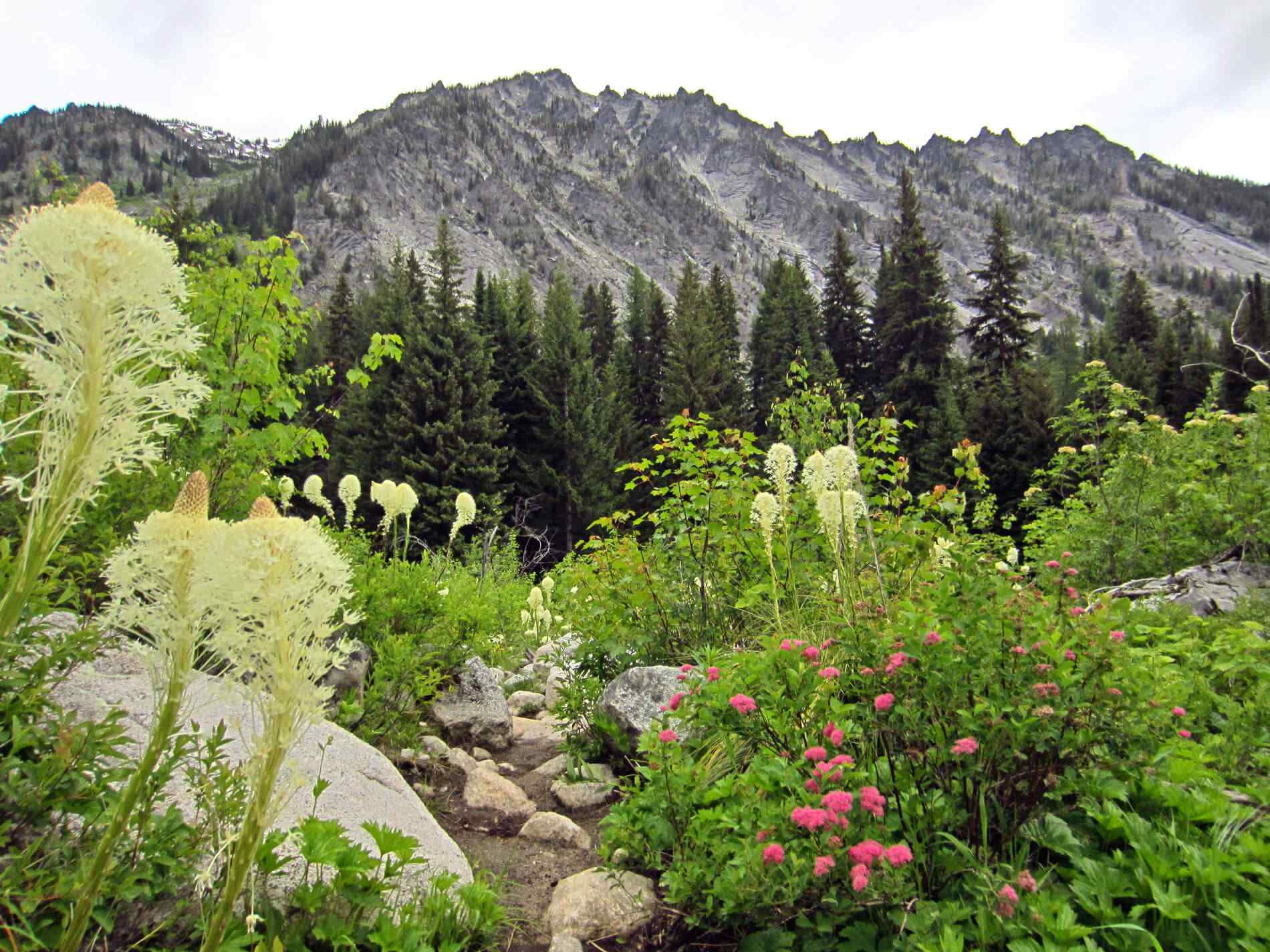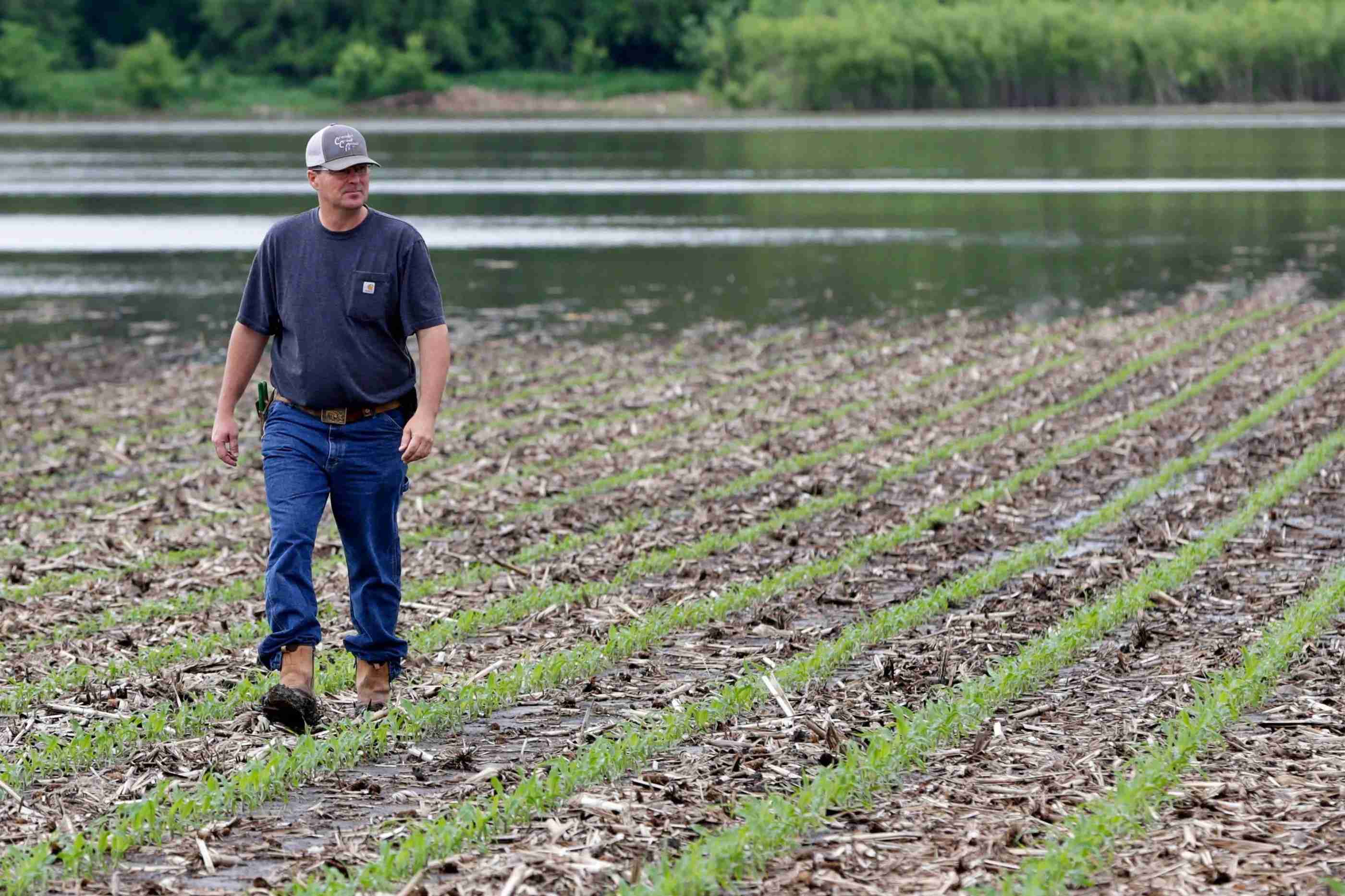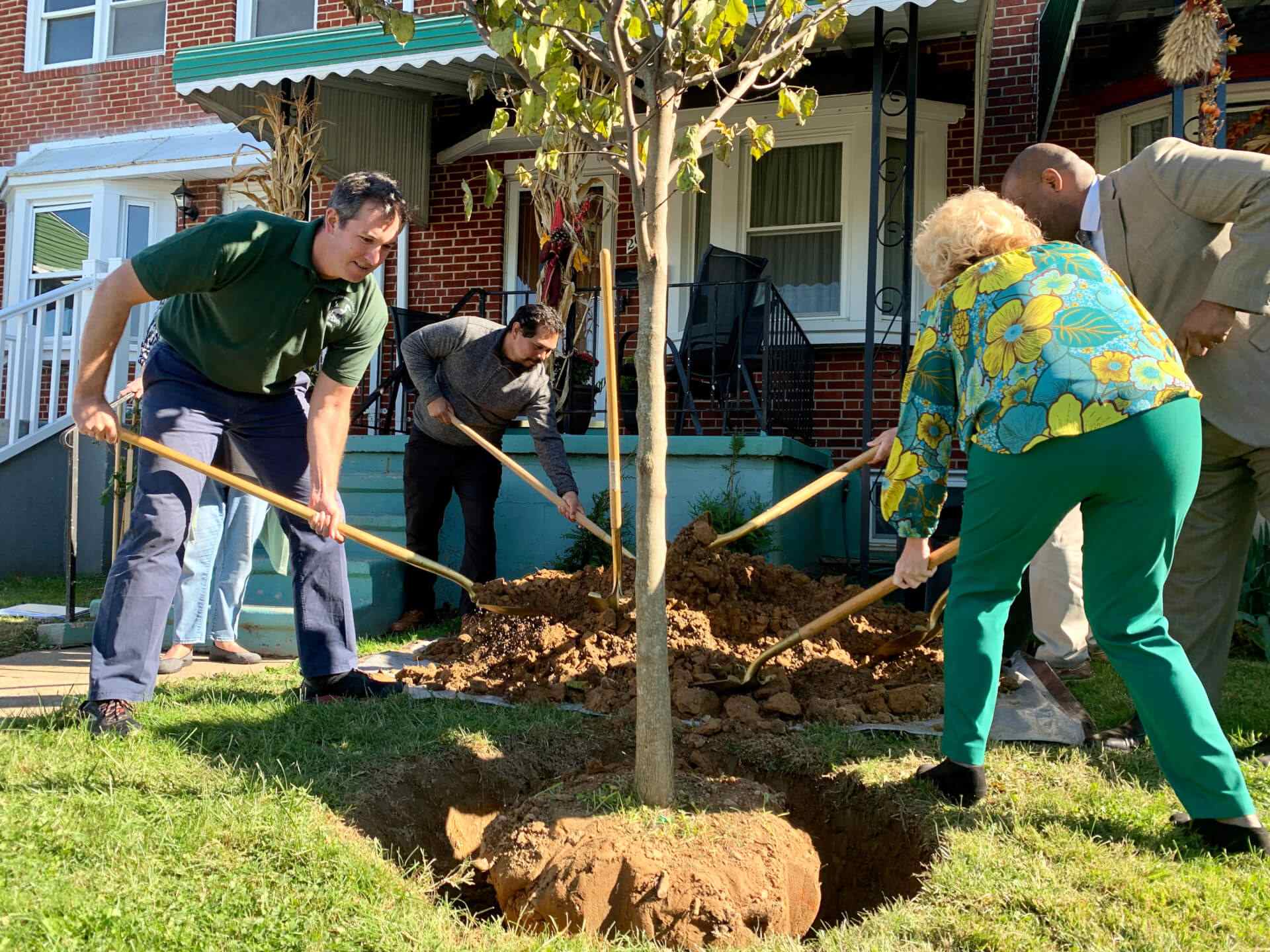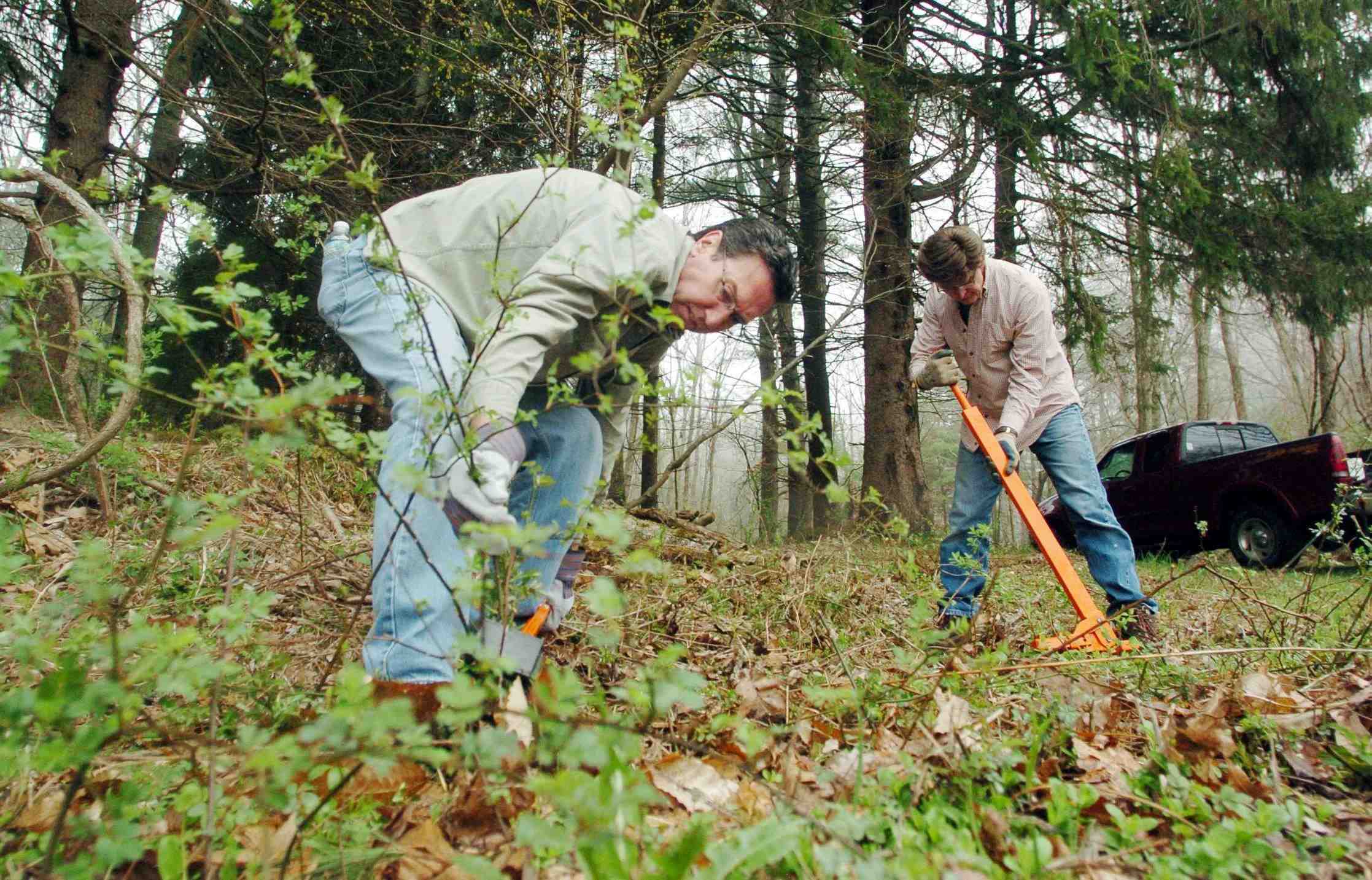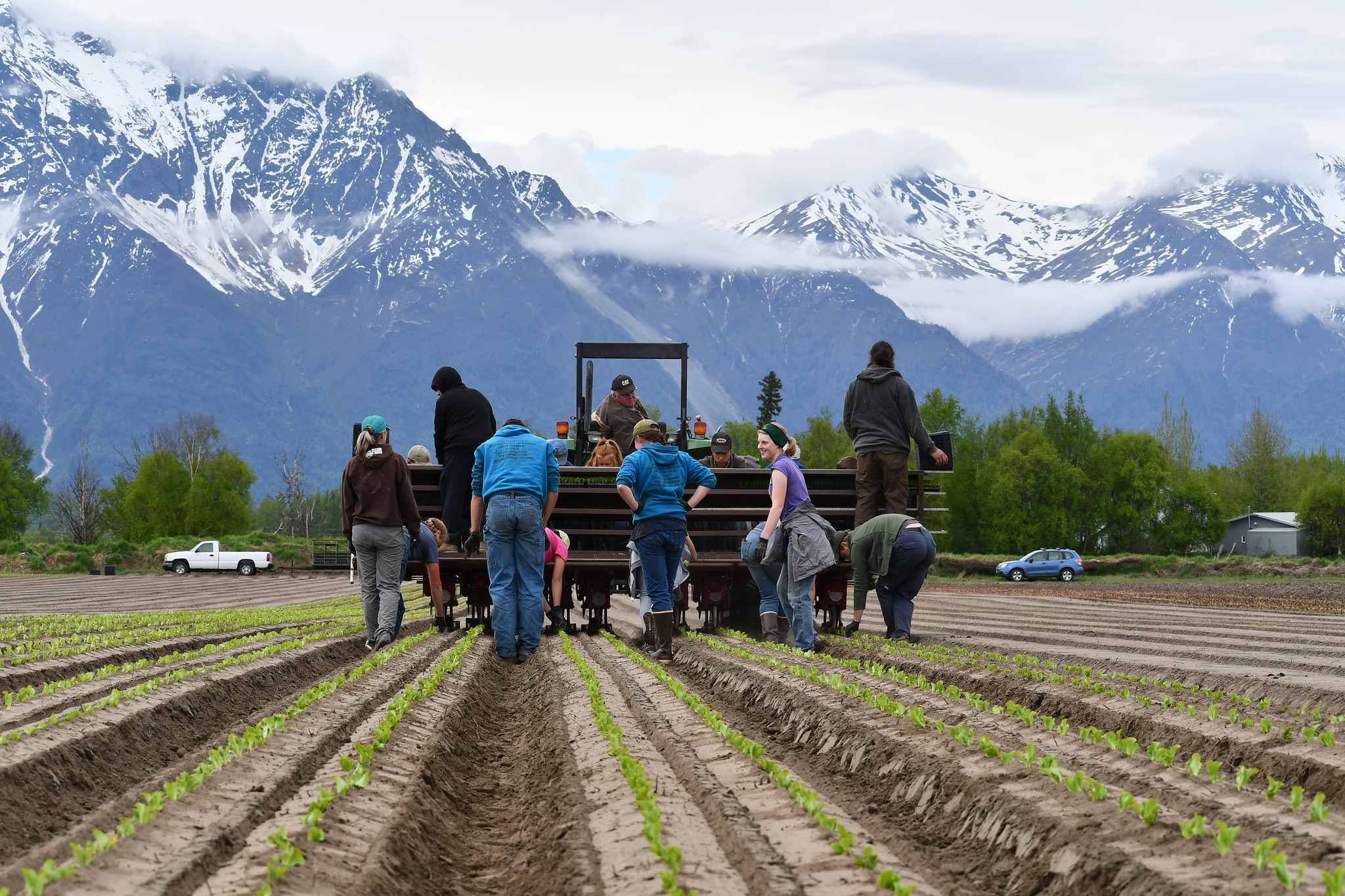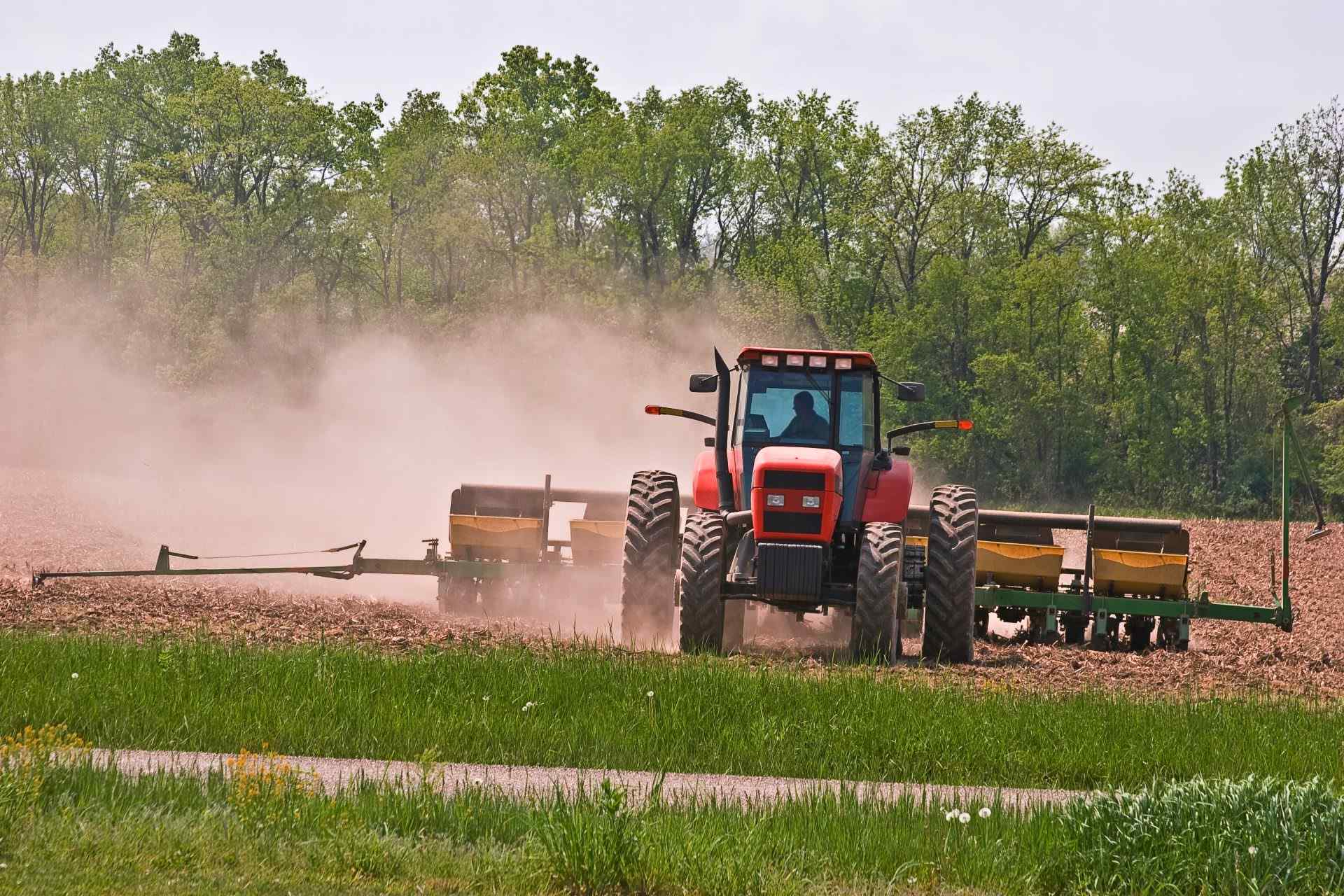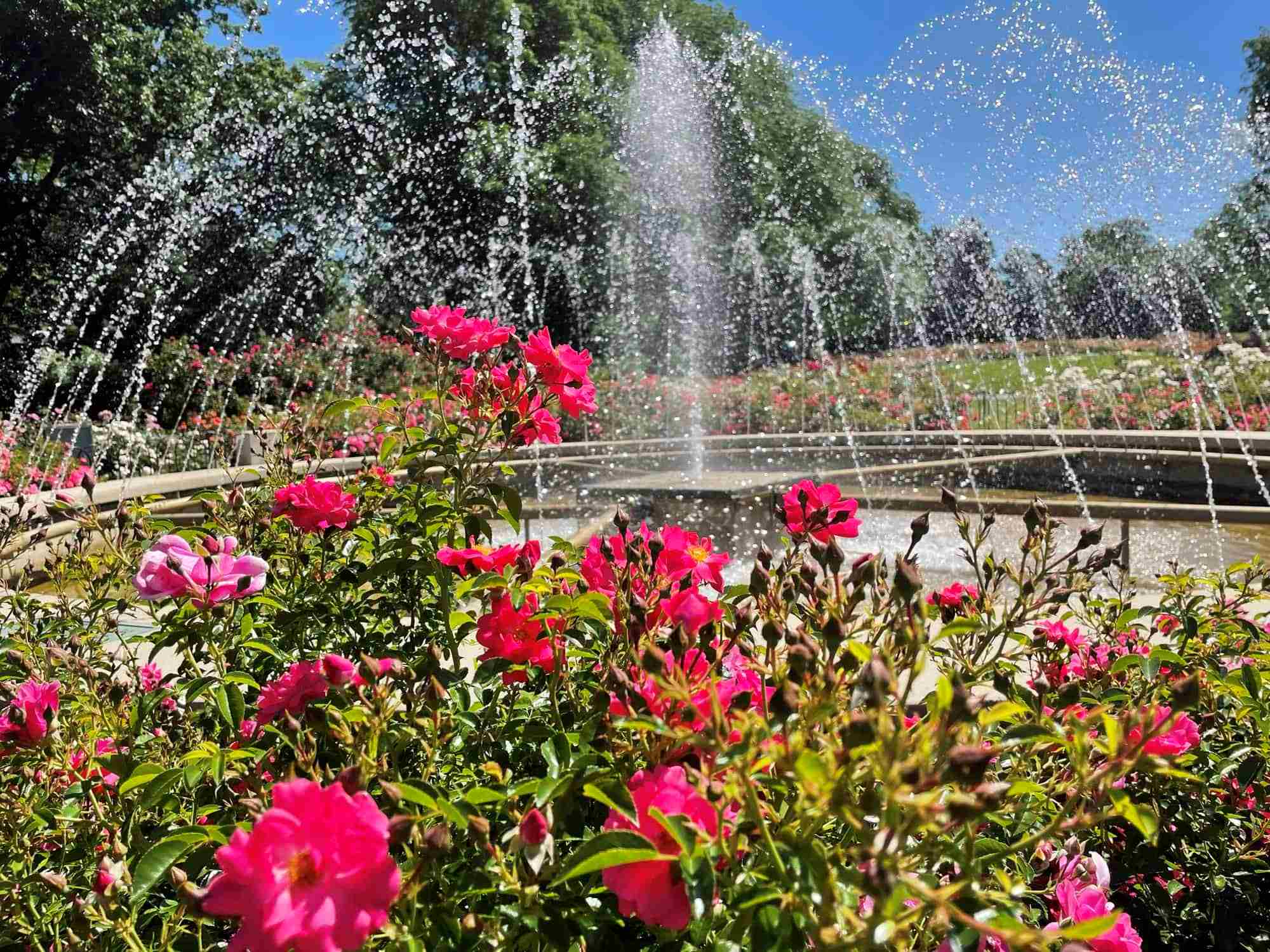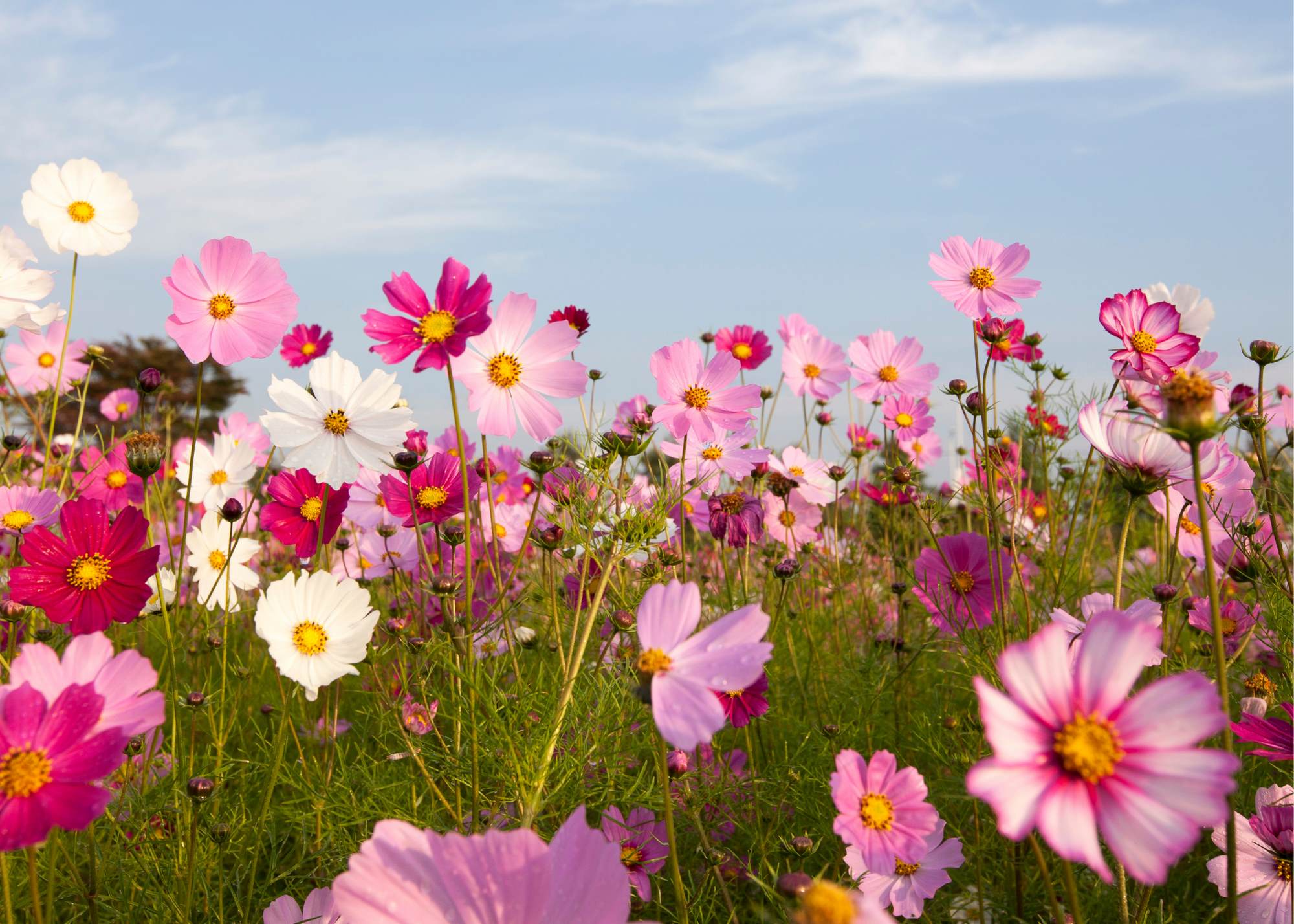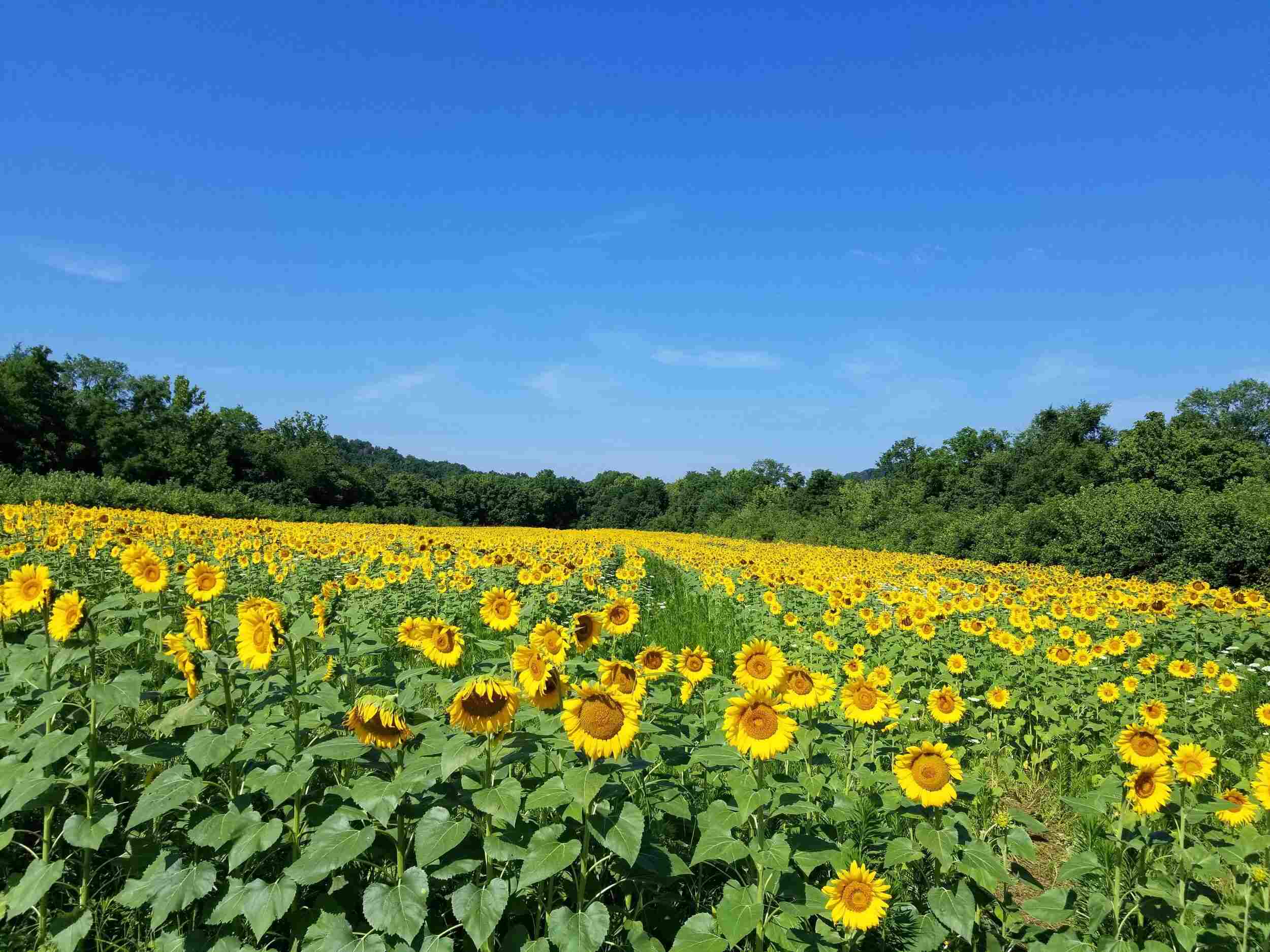Home>Gardening Basics>Understanding Soil>What Planting Zone Is Nebraska


Understanding Soil
What Planting Zone Is Nebraska
Modified: January 22, 2024
Discover the best planting zone for Nebraska and gain a deeper understanding of soil composition with our practical guide. Master successful gardening techniques tailored to your region's unique conditions.
(Many of the links in this article redirect to a specific reviewed product. Your purchase of these products through affiliate links helps to generate commission for Chicagolandgardening.com, at no extra cost. Learn more)
Table of Contents
Introduction
Welcome to the world of gardening in Nebraska! If you’re a gardening enthusiast or a beginner looking to cultivate a green thumb, it’s essential to understand the concept of planting zones. Planting zones provide valuable information about the climatic conditions of a specific region, helping gardeners determine what plants are best suited for their area.
Nebraska, located in the heart of the United States, experiences a wide range of temperatures and weather patterns throughout the year. Understanding the planting zones in Nebraska is crucial for successful gardening and landscaping projects. By knowing your planting zone, you can select plants that thrive in your local climate, ensuring they have the best chance of survival and growth.
Nebraska’s planting zones are determined by the United States Department of Agriculture (USDA) Hardiness Zone Map. This map divides the country into different zones based on average annual minimum temperatures. Each zone represents a 10-degree Fahrenheit difference in winter temperatures, with Zone 1 being the coldest and Zone 13 being the warmest.
Discovering your specific planting zone in Nebraska is the first step towards creating a beautiful and thriving garden. Whether you’re a fan of colorful flowers, delicious fruits, or bountiful vegetables, matching your plant selections to the suitable planting zone will significantly increase your chances of gardening success.
In the following sections, we will explore the planting zone map of Nebraska, the factors that affect Nebraska’s planting zones, and popular plants that thrive in each specific zone. So, let’s dive in and learn more about the unique gardening opportunities that Nebraska has to offer!
Understanding Planting Zones
Planting zones, also known as hardiness zones, are geographical areas that are categorized based on their specific climate conditions. These zones help gardeners determine which plants are most likely to thrive in their region. The USDA Hardiness Zone Map is the most commonly used system in the United States.
The USDA Hardiness Zone Map divides the United States into 13 zones, each representing a 10-degree Fahrenheit difference in average annual minimum temperatures. This information is valuable for gardeners as it helps them choose plants that can withstand the coldest temperatures in their area.
When it comes to planting zones, it’s important to note that they are not solely based on temperature. Factors such as altitude, proximity to bodies of water, and microclimates within a region can also influence the suitability of certain plants. However, temperature is a crucial factor in determining a plant’s ability to survive and thrive.
Understanding the planting zones in your area is essential because it provides insights into the types of plants that can be grown successfully. Plants that are not adapted to a specific zone’s climate may struggle to survive, resulting in disappointing or failed gardening endeavors.
It’s important to note that planting zones are not fixed and can change over time. Climate change and shifts in weather patterns can alter the boundaries of planting zones. As a gardener, it’s important to stay informed about any updates or changes to your local zone to ensure the best chances of success.
To determine your planting zone, you can consult the USDA Hardiness Zone Map, which provides a visual representation of the different zones across the country. By identifying your specific zone, you can select plants that are known to thrive in your region’s climate conditions, making gardening a more rewarding and enjoyable experience.
Now that we have a better understanding of planting zones, let’s explore the specific planting zones of Nebraska and the factors that influence them.
Planting Zone Map of Nebraska
Nebraska, located in the Great Plains region of the United States, experiences a diverse range of climate conditions. The state is divided into four distinct planting zones, each with its own unique characteristics and plant suitability.
The planting zones in Nebraska are designated as Zones 4, 5, 6, and 7. These zones are determined by the average annual minimum temperatures experienced in each region, ranging from -30°F in Zone 4 to 0°F in Zone 7.
Zone 4 covers the northernmost part of the state, including cities like Valentine and Chadron. This zone experiences extremely cold winters, with average minimum temperatures ranging from -30°F to -20°F. Gardeners in Zone 4 should focus on selecting plants that can withstand harsh and prolonged winter conditions.
Zone 5 covers a significant portion of Nebraska, including Omaha, Lincoln, and Grand Island. This zone has milder winters compared to Zone 4, with average minimum temperatures ranging from -20°F to -10°F. Gardeners in Zone 5 have more options when it comes to plant selection, as they can choose from plants that can tolerate slightly colder temperatures.
Zone 6 covers the central part of Nebraska, including cities like Kearney and North Platte. This zone experiences relatively mild winters, with average minimum temperatures ranging from -10°F to 0°F. Gardeners in Zone 6 have a wide variety of plant options available to them, including many popular garden flowers, fruits, and vegetables.
Zone 7 covers the southernmost part of Nebraska, including cities like Omaha and Lincoln. This zone has the mildest winters in the state, with average minimum temperatures ranging from 0°F to 10°F. Gardeners in Zone 7 have the most flexibility in plant selection and can grow a wide range of plants, including some that are typically considered more suitable for warmer climates.
It’s important to note that while the USDA planting zones provide valuable information, they are not the only factors to consider. Other factors such as soil type, precipitation, and sunlight availability also play a significant role in determining plant suitability and success.
By understanding the planting zone map of Nebraska, gardeners can make informed decisions about which plants are most likely to thrive in their specific region. This knowledge allows for more successful gardening projects and ensures the enjoyment of a beautiful and flourishing garden.
Factors Affecting Nebraska’s Planting Zones
Several factors influence Nebraska’s planting zones and contribute to the diversity of plant species that can thrive in the state. Understanding these factors is crucial for gardeners to make informed decisions regarding plant selection and care.
1. Temperature: Temperature is perhaps the most significant factor in determining planting zones. Nebraska experiences a wide range of temperatures across the state, from extremely cold winters in the north to milder winters in the south. The USDA Hardiness Zone Map uses average annual minimum temperatures to designate specific zones, helping gardeners identify the plants that can tolerate the local temperature range.
2. Elevation: Elevation plays a role in Nebraska’s planting zones. Higher elevations tend to be cooler, and plants at higher elevations may experience more extreme temperature fluctuations. This can impact which plants are suitable for a particular area, as some may be more tolerant of altitude-related challenges such as lower oxygen levels or harsher weather conditions.
3. Proximity to Bodies of Water: The presence of bodies of water, such as lakes or rivers, can moderate temperatures in surrounding areas. Areas near large bodies of water may experience milder temperatures due to the influence of the water’s heat capacity. This can create microclimates within a planting zone, allowing for the successful cultivation of plants that might not otherwise thrive in that particular zone.
4. Sunlight Availability: Sunlight is essential for plant growth and photosynthesis. Different areas of Nebraska may have varying levels of sunlight due to factors such as topography, the presence of trees, or buildings. Understanding the sunlight patterns in your specific location is important when choosing plants, as some may require full sun while others thrive in partial or shady conditions.
5. Soil Composition: The composition of the soil can greatly affect plant growth and health. Nebraska has a diverse range of soil types, including clay, loam, and sandy soils. Each soil type has its own drainage and nutrient-holding capacity, which can impact a plant’s ability to absorb water and nutrients. Understanding your soil type and making appropriate amendments can help ensure optimal plant growth.
6. Microclimates: Microclimates are small-scale climate variations within a larger zone or region. They are influenced by factors such as topography, vegetation cover, and heat retention. Microclimates can create unique conditions that deviate from the typical planting zone characteristics, allowing for the successful cultivation of plants that might not thrive in the surrounding area.
By considering these factors, gardeners in Nebraska can make informed decisions about which plants are most suitable for their specific location and create a garden that thrives in their unique microclimate. Understanding the dynamics of these factors and their impact on planting zones enhances the chances of success in gardening endeavors.
Popular Plants for Each Planting Zone in Nebraska
Nebraska’s diverse planting zones offer a wide range of plant options for gardeners to choose from. Understanding the specific plants that thrive in each zone is essential for creating a successful and vibrant garden. Here are some popular plants suited for each planting zone in Nebraska:
Zone 4: In Zone 4, where winters can be extremely cold, it is best to focus on hardy and resilient plants. Some popular plant options include conifers like spruce and pine trees, as well as hardy perennials like asters and yarrow. Cold-season vegetables like kale and Brussels sprouts can also thrive in this zone.
Zone 5: Zone 5 offers slightly milder winters compared to Zone 4, expanding the plant selection options. Shrubs like lilacs and roses do well in this zone, along with perennial flowers like daylilies and black-eyed Susans. Vegetables like tomatoes, peppers, and beans can also thrive in Zone 5 with proper care.
Zone 6: Zone 6 provides gardeners with even more plant choices. This zone is ideal for planting various flowering perennials such as peonies, phlox, and iris. Fruits like strawberries, raspberries, and apples can also be grown successfully in Zone 6. Additionally, vegetables like lettuce, carrots, and cucumbers thrive in this zone’s growing season.
Zone 7: Gardeners in Zone 7 have the most flexibility when it comes to plant selection. This zone’s mild winters allow for a wide variety of plants to thrive. Popular flowering plants like hydrangeas, roses, and dahlias do exceptionally well in this zone. Fruit trees such as apricots, peaches, and plums can also flourish in Zone 7. Gardeners can even grow heat-loving vegetables like tomatoes, peppers, and squash with great success.
It’s important to note that while these plants are well-suited for their respective zones, other factors such as soil conditions, sunlight exposure, and proper care also contribute to their growth and success. Gardeners should always consider these factors when selecting and nurturing plants.
When planning your garden in Nebraska, it can be helpful to consult with local nurseries or gardening experts to get specific recommendations for your planting zone. They can provide valuable insights and advice on the best plant choices and care practices tailored to your specific area.
By selecting plants that are well-suited to their planting zone, Nebraska gardeners can create beautiful and thriving gardens, enjoying the beauty and rewards of their hard work.
Conclusion
Understanding the planting zones in Nebraska is essential for successful gardening and landscaping projects. By knowing your specific zone, you can select plants that are well-adapted to the local climate conditions, increasing their chances of survival and growth. The USDA Hardiness Zone Map provides valuable information about average annual minimum temperatures, dividing the country into distinct zones.
Nebraska is divided into planting zones 4, 5, 6, and 7, each with its own unique characteristics and plant suitability. Zone 4 experiences extremely cold winters, while Zone 7 has the mildest winters in the state. By selecting plants that are suitable for your specific zone, you can create a beautiful and flourishing garden that thrives in the local climate.
Factors such as temperature, elevation, proximity to bodies of water, sunlight availability, soil composition, and microclimates all influence Nebraska’s planting zones. These factors should be considered when selecting plants and planning your garden to ensure the best chances of success.
Knowing the popular plant choices for each planting zone can also guide your plant selection. From hardy conifers and perennial flowers in Zone 4 to a wide variety of flowering plants, fruits, and vegetables in Zone 7, there is a wide range of options to suit different preferences and gardening goals.
Ultimately, by understanding the planting zones and factors that influence them, Nebraska gardeners can make well-informed decisions and create thriving gardens. Consultation with local nurseries and gardening experts can further enhance your gardening journey, providing tailored advice specific to your planting zone.
So, whether you are an experienced gardener or just starting out, take the time to understand your planting zone in Nebraska. Embrace the unique gardening opportunities that your zone offers and enjoy the beauty and rewards of a flourishing garden that is perfectly suited to your local climate and conditions.
